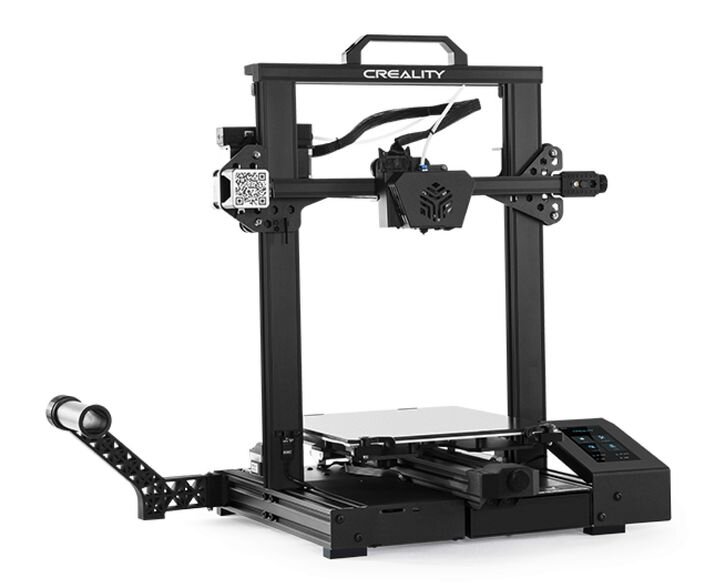
Crowdfunding ventures for 3D printers seem to have transformed significantly in the past few years.
The idea of crowdfunding was pioneered online for tech products by Indiegogo and Kickstarter, both of which still thrive in providing a platform for entrepreneurs to gain support for their emerging products. Or at least, that’s how the story is supposed to go.
Theoretically entrepreneurs would present their product concept and solicit funding to take the project to the next level. Crowdfunding backers would take a risk on the venture, just as typical angel investors might in the traditional manner. Backers would often receive a preliminary version of the product, usually at a bit of discount over the intended retail price.
3D Print Kickstarters
In the Cambrian Explosion of desktop 3D printing that occurred right after the original 3D printing patents expired, some entrepreneurs leveraged crowdfunding to jumpstart their projects. Some were extraordinarily successful, such as Formlabs, which began with a simple Kickstarter project, and now is among the most powerful companies in the space.
However, they were the exception. Many, many 3D print crowdfunding ventures failed. While early ventures such as Formlabs were able to capitalize by being one of the few 3D print companies one could support, later entries faced massive competition from essentially undifferentiated offerings.
The competition was ruthless. Ventures not offering innovation were ignored. Ventures with inexperienced management inevitably failed when parts supplies ran out.
And yes, there were outright cases of fraud, where the world was promised, but only empty wallets resulted.
Perhaps the wildest case I’ve encountered was the Peachy Printer story, which involved poor management, fraud, police, a million dollars, undercover videos and much more. If you haven’t read about that incident, please do so.
In recent years the number of 3D printer crowdfunding ventures has slowed. For a while there were a few projects misguidedly intending on repeating the success of the early projects. But those days were long gone, and the bar for success had been raised far above what could be accomplished in a personal workshop. Some ventures even received ZERO funding.
Creality’s Kickstarter
There’s been a bit of a break since then, but recently I’ve seen some crowdfunding launches that seem a bit different. One in particular caught my eye: Creality’s recent launch of their new CR6-SE desktop 3D printer. This is a device that has received very good reviews since its launch.
The launch was incredibly successful: Creality obtained more than 10,000 backers and raised US$4.4M, one of the largest 3D print Kickstarter projects in history, even larger than Formlabs’ original project.
The difference is that Creality was no startup company. Creality has been around for six years, and can now produce 800,000 units per year. They have exported 3D printers from China to over 100 countries.
In 2020, they are a well-established player in 3D printing.
What are they doing in a Kickstarter?
It seems that for them it’s an excellent platform for launch products, regardless if they have completed development of the device. This is quite unlike “traditional” Kickstarter projects, where the outcome of the project is uncertain. Rather than backing a project you believe in and want to support, here you are simply selecting a product from a well-known provider using a different ordering platform.
I believe one key reason for this move was that Asian companies seem to have a hard time breaking into the Western market. I’m not sure why; it might be a language or cultural thing, or even a timezone effect. Some of the Asian companies are too small to afford to establish a regional office in the USA and/or Europe, for example, and thus their “reach” is limited.
But Kickstarter is one language everyone understands, and Creality has demonstrated this is indeed the case. Their product appeared on the platform alongside products from many regions, and often it doesn’t even matter where a product originated.
I suspect we’ll see more of this form of crowdfunding in the future, particularly from Asian manufacturers or others having trouble breaking through into the Western market. That’s a good thing, because more choice of machines means more competition and innovation in the long run.
